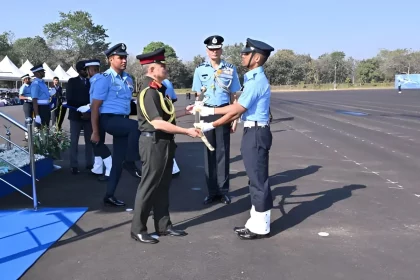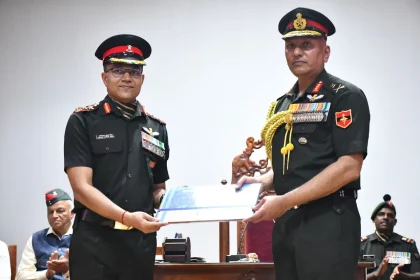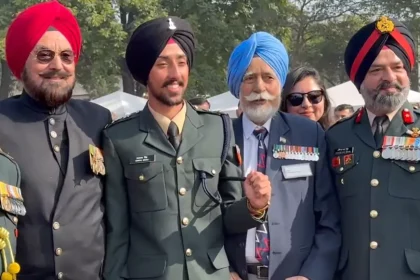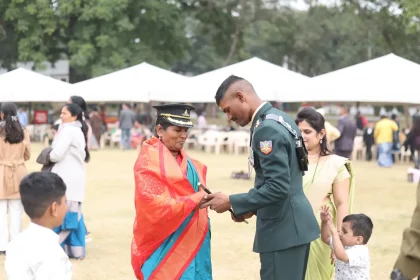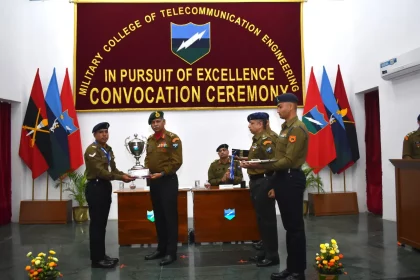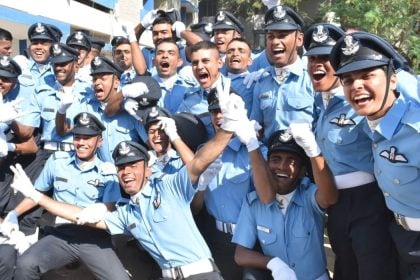Flying Officer Tanishq Aggarwal Wins Sword of Honour at AFA Passing Out Parade 2025
Flying Officer Tanishq Aggarwal from the Flying Branch was awarded the coveted President’s Plaque and the Nawanagar Sword of Honour…
2 MADRAS (Goondas) Celebrates 250th Raising Day with Pride at Pangode Military Station
2 MADRAS (Goondas) marked its 250th Raising Day at Pangode Military Station with ceremonial events honouring its legacy, fallen heroes…
Legacy of Valour: Lt Sartaj Singh, Lt Harmanmeet Singh Reen and Lt Yuvraj Singh Nughaal Carry Forward Multi-Generation Army Traditions at IMA
Lt Sartaj Singh, Lt Harmanmeet Singh Reen and Lt Yuvraj Singh Nughaal Carry Forward Rare Multi-Generation Military Legacies at IMA.
10 Motivational Pictures from Indian Military Academy POP 13 December 2025
The IMA POP 13 December 2025 once again reaffirmed the Indian Military Academy’s role as the cradle of military leadership,…
NCOs of Corps of Signals Graduate with Diploma in IT & Telecom from MCTE Mhow
NCOs of the Corps of Signals, along with trainees from SSB and Nepal, graduated with a Diploma in IT &…
Indian Air Force Academy Passing Out Parade 13 December 2025
The IAF Combined Graduation Parade of the 216th Course was reviewed by CDS General Anil Chauhan, with 244 Flight Cadets…

